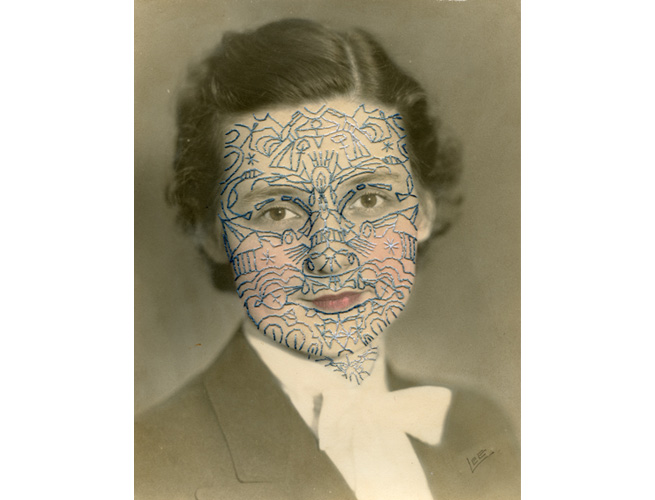 For these experiments I was inspired by Norm Magnussons art work on the right hand side of the page. In these photographs, Norm Magnusson has decorated nature in his own way by adding coloured paint and patterns and placed it back in nature to then photograph. He uses this technique to creatively to add a personal connection to nature. This is done as most nature is green, so he has painted various colours to the leaves, which I believe in a way brings it to life as it stands out from the other vegetation it is surrounded by.
For these experiments I was inspired by Norm Magnussons art work on the right hand side of the page. In these photographs, Norm Magnusson has decorated nature in his own way by adding coloured paint and patterns and placed it back in nature to then photograph. He uses this technique to creatively to add a personal connection to nature. This is done as most nature is green, so he has painted various colours to the leaves, which I believe in a way brings it to life as it stands out from the other vegetation it is surrounded by.  During the process of doing my experimentation, I selected some leaves and painted patterns on them. For my first experiment, I used three colours: red, orange and yellow. I specifically chose those colours as they are the well known colours of fire, which I chose as a kind of theme for that leaf because of the shape of the leaves, where it has different sections that can be viewed as the same type of shape a flame creates. I therefore used the same colour order; red at the top, orange in the middle and yellow at the bottom, with these colour paints I created a pattern per section.
During the process of doing my experimentation, I selected some leaves and painted patterns on them. For my first experiment, I used three colours: red, orange and yellow. I specifically chose those colours as they are the well known colours of fire, which I chose as a kind of theme for that leaf because of the shape of the leaves, where it has different sections that can be viewed as the same type of shape a flame creates. I therefore used the same colour order; red at the top, orange in the middle and yellow at the bottom, with these colour paints I created a pattern per section.
Whereas for my second experiment I used three leaves that were connected and used a paint colour per leave and did a different pattern on each leaf. I did this because I wanted to do a different type of experiment compared to the first one, where I used one large leaf where there was more space to decorate and make patterns, whereas for my second experiment I had much more confined spaces to paint on.









+copy.jpg)





























